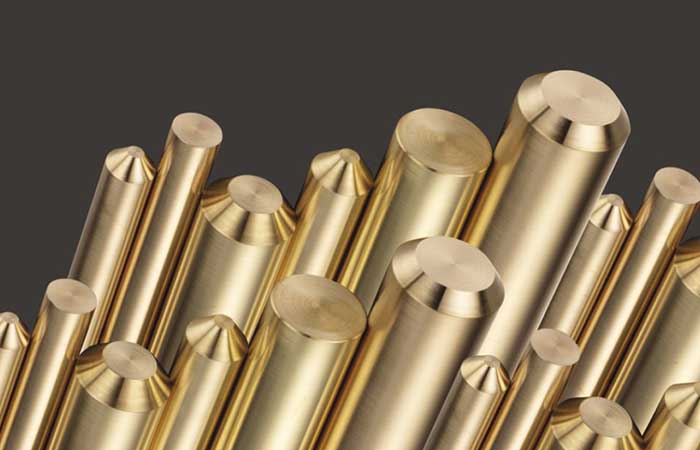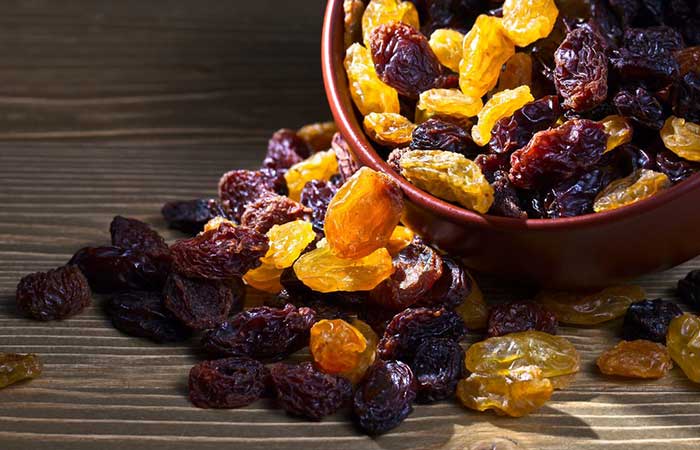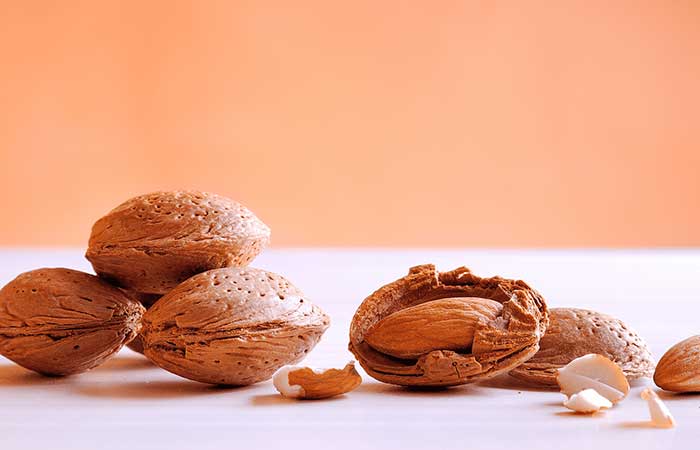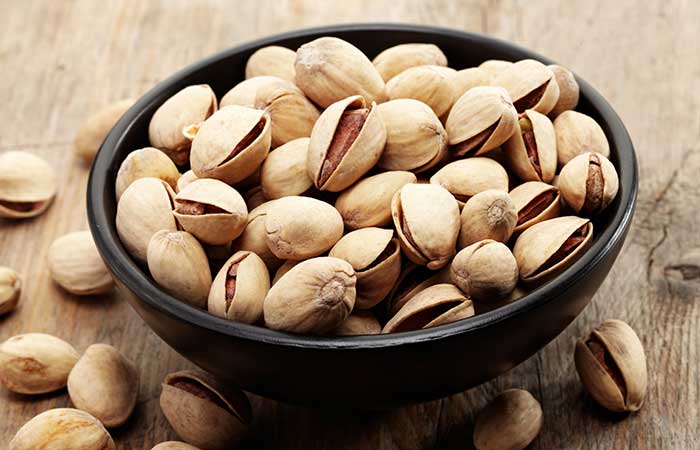What is brass; Properties and Applications

Brass is a metallic alloy composed primarily of copper and zinc. It is known for its yellowish-gold color, although it can vary depending on the proportions of copper and zinc used in the alloy. Brass is valued for its unique combination of properties, such as its malleability, durability, and acoustic qualities.
The composition of brass can vary widely, but it typically contains around 60-70% copper and 30-40% zinc. Other elements, such as lead, tin, aluminum, or nickel, may also be added to enhance specific properties or characteristics.
Brass has been used for various purposes throughout history. It is commonly used in musical instruments, such as trumpets, trombones, and saxophones, due to its excellent acoustic properties. It is also frequently utilized in plumbing fittings, electrical connectors, decorative items, coins, and various other applications where a combination of corrosion resistance, formability, and aesthetic appeal is desired.
The versatility and usefulness of brass make it a widely utilized material in different industries and everyday objects, contributing to its prominence in various aspects of human life.
Properties of brass
Brass exhibits several properties that make it a popular material in various applications. Here are some key properties of brass:
- Malleability and Formability: Brass is a highly malleable metal, meaning it can be easily shaped and formed into different shapes and structures. It can be rolled, hammered, pressed, or extruded into various intricate designs without fracturing.
- Corrosion Resistance: Brass has excellent corrosion resistance, especially when compared to other metals like iron or steel. The combination of copper and zinc in brass forms a protective layer on the surface, known as a patina, which helps prevent further corrosion.
- Ductility: Brass is a ductile metal, which means it can be stretched or drawn into wires or thin sheets without breaking. This property makes it suitable for applications that require intricate designs or the production of thin components.
- Strength: Brass has moderate strength, making it sturdy and durable for many applications. The strength of brass can be further enhanced by adjusting the composition and heat treatment processes.
- Electrical Conductivity: Brass is a good conductor of electricity. It is commonly used in electrical connectors, terminals, and other electrical components where efficient electrical conductivity is required.
- Thermal Conductivity: Brass also exhibits good thermal conductivity, allowing it to efficiently transfer heat. This property makes it suitable for heat exchangers, radiators, and other applications where heat dissipation is important.
- Aesthetic Appeal: Brass has a warm, golden color that is aesthetically pleasing. It is often used in decorative items, jewelry, and architectural applications where visual appeal is desired.
- Low Friction: Brass has a relatively low coefficient of friction, making it suitable for applications involving moving parts or where reduced friction is required, such as in valves or fittings.
Applications of brass
Brass is a versatile metal with a wide range of applications across various industries. Here are some common applications of brass:
- Musical Instruments: Brass is widely used in the production of musical instruments due to its excellent acoustic properties. Instruments like trumpets, trombones, French horns, saxophones, and many others often feature brass components.
- Plumbing Fittings: Brass's corrosion resistance, durability, and malleability make it a popular choice for plumbing fittings, including faucets, valves, connectors, and pipe fittings. It is also used in water meters and various plumbing accessories.
- Electrical Connectors and Terminals: Brass's good electrical conductivity makes it well-suited for electrical connectors and terminals. It is commonly used in electrical switches, sockets, connectors, and other electrical components.
- Decorative Applications: Brass's attractive golden appearance and ability to be polished make it a preferred material for decorative items. It is used in jewelry, coins, trophies, statues, ornaments, and architectural elements like doorknobs, handles, and lighting fixtures.
- Coinage: Brass is used in the production of coins, especially those of lower denominations. The addition of other metals, such as nickel or zinc, helps to enhance durability and prevent wear.
- Industrial Equipment: Brass finds application in various industrial equipment, including heat exchangers, condensers, boilers, and pumps. Its thermal conductivity and corrosion resistance make it suitable for these heat transfer and fluid control applications.
- Marine and Naval Applications: Brass's resistance to saltwater corrosion makes it valuable in marine and naval applications. It is used for propellers, fittings, valves, and other components exposed to seawater environments.
- Automotive Components: Brass is used in automotive applications, including radiator cores, heater cores, fuel tanks, and connectors. Its excellent thermal conductivity and corrosion resistance are advantageous in these systems.
- Ammunition Casings: Brass is commonly used in the production of ammunition casings due to its strength, malleability, and ability to withstand high pressures.
- Watchmaking: Brass is used in watchmaking for various components, including watch cases, gears, and screws, due to its combination of strength and workability.
These are just a few examples of the many applications of brass. The versatility of this metal and its desirable properties make it valuable across numerous industries.
Brass rods
Brass rods are solid cylindrical bars made of brass, which is an alloy primarily composed of copper and zinc. These rods are commonly produced through the process of extrusion, where molten brass is forced through a die to form a continuous shape. Brass rods are available in various diameters and lengths to suit different applications.
Brass rods possess the properties of the brass alloy, including its malleability, corrosion resistance, and strength. They are widely used in different industries and applications, including:
- Machining and Fabrication: Brass rods are utilized in machining operations to produce various components, such as fittings, valves, fasteners, and hardware. Their malleability and machinability make them suitable for precision cutting, drilling, and shaping processes.
- Electrical and Electronics: Brass rods are employed in electrical and electronics applications due to their good electrical conductivity. They can be used as conductive connectors, terminals, bus bars, or electrical contacts in switches, connectors, and other electrical equipment.
- Plumbing and Pipe Fittings: Brass rods are commonly used in plumbing and pipe fittings, where their corrosion resistance and durability are advantageous. They can be machined or threaded to create connectors, couplings, adapters, and valves for plumbing systems.
- Craftsmanship and Jewelry Making: Brass rods are popular among craftsmen, hobbyists, and jewelry makers. They can be shaped, bent, soldered, and polished to create various decorative pieces, sculptures, wirework, or jewelry components.
- Model Making: Brass rods find use in model making, such as architectural models, prototype building, or hobbyist model trains. They can be cut and assembled to form structural elements, railings, or other intricate parts.
- DIY and Home Improvement: Brass rods are sometimes used in DIY projects and home improvement tasks. They can be employed for curtain rods, handrails, decorative accents, or as structural supports.
- Art and Sculpture: Brass rods are valued by artists and sculptors for their workability and aesthetic appeal. They can be bent, welded, or brazed to create sculptures, installations, or artistic structures.
These are just a few examples of how brass rods are utilized in different applications. The specific size, composition, and surface finish of the rods can vary depending on the intended use and requirements of the project.
Brass Billet
A brass billet is a solid, rectangular or round semi-finished product made of brass alloy. It is typically produced through a casting or extrusion process. Brass billets are large, solid blocks of brass that serve as a starting material for further processing and shaping into various brass components.
Brass billets are typically made from the same copper-zinc alloy composition as other brass products. The specific composition may vary depending on the desired properties and application requirements. Other elements may also be added to the alloy to enhance specific characteristics.
Brass billets are used in various industries and applications. They are often further processed through hot or cold working methods, such as forging, rolling, or machining, to produce different forms like rods, bars, tubes, or sheet metal. These semi-finished products can then be used in a wide range of applications, including plumbing, electrical components, automotive parts, architectural elements, and more.
By starting with a brass billet, manufacturers have the flexibility to shape and form the material into different sizes and configurations to meet specific design and functional requirements. This allows for customization and efficient production of brass components with desired properties and dimensions.
Overall, brass billets are essential raw materials in the brass manufacturing industry, providing a starting point for the production of various brass products through subsequent processing and shaping operations.
Similar Articles
Bell peppers belong to the nightshade family (Solanaceae) and are cultivated primarily for their mild, thick-fleshed fruits. These peppers are commonly used both in salads and various cooked dishes
Raisins have a long and storied history, dating back thousands of years to ancient civilizations like Persia and Egypt. They were not only consumed as a food source but also held cultural and religious
Almonds are indeed a popular and versatile tree nut used in various culinary applications around the world. Here are some key points about almonds:Botanical Description: The almond tree, scientifically
Pistachios are indeed members of the cashew family (Anacardiaceae) and are primarily grown in dry, warm or temperate climates. The pistachio tree is believed to have originated in Iran and has been





